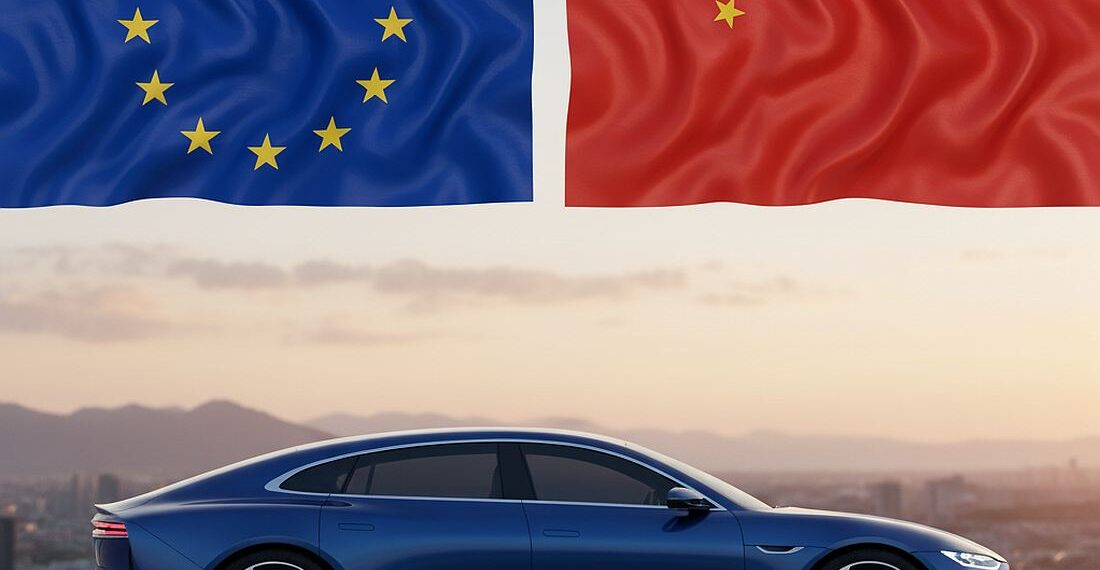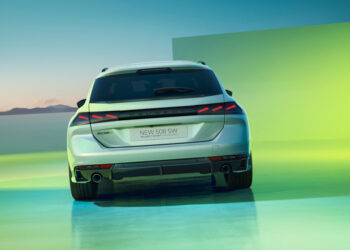The European Commissioner Stéphane Séjourné, who is responsible for Prosperity and Industrial Strategy, advocates for the need for the automotive industry of the Old Continent to continue defending itself against all “threats” from China and the United States, even stating that the European Union (EU) is “naive” for maintaining the ban on the sale of cars equipped with internal combustion engines starting in 2035. The warning from the Frenchman, a member of the European Commission (EC), was given in an interview with the Italian newspaper La Stampa. According to the same political figure, the EU needs to rethink its strategic goals, as the emergence of many new manufacturers, mainly from China, jeopardizes the future of European builders and also millions of direct and indirect jobs secured by this industry.
Stéphane Séjourné states that the EU must help the automotive industry defend itself against Chinese competition and anticipates a bleak scenario if nothing is done. “In ten years, the number of cars manufactured in Europe will not exceed nine million, compared to the current thirteen million. We must demonstrate flexibility in our goals of banning the sale of internal combustion engines in 2035.” According to the Frenchman, Europe “is the only continent without strategic thinking in industrial policy.”
Particularly harsh words, which align with the desires of some car manufacturers and European states, who have already requested a review of pollution emission targets, and, above all, the ban on the sale of new cars with internal combustion engines from 2035. However, even within the EU, this position is not consensual, with countries like Spain and France opposing any kind of reversal of the plan, due to the investments already made in the electrification process. Germany and Italy, for example, support the postponement of the measure.

In the midst of this dilemma, the EU is expected to review its objectives this year, taking into account, above all, the positioning of European manufacturers, who have not been able to attract a sufficient number of customers for electrification. The high prices of electric cars, and the difficulty of installing battery charging points, are also obstacles to the mass adoption of the technology.
This scenario could change with the introduction of a new category of small and more affordable electric cars, the terms of which could be defined by December 10. Nevertheless, the Chinese threat, with many manufacturers from that Asian country setting up production units in Europe, will remain. And, at this point, Séjourné is also not optimistic: “Currently, there are builders assembling Chinese cars in Europe, with Chinese components and workers happening in Spain and Hungary, for example. This is not acceptable”, he concludes.










